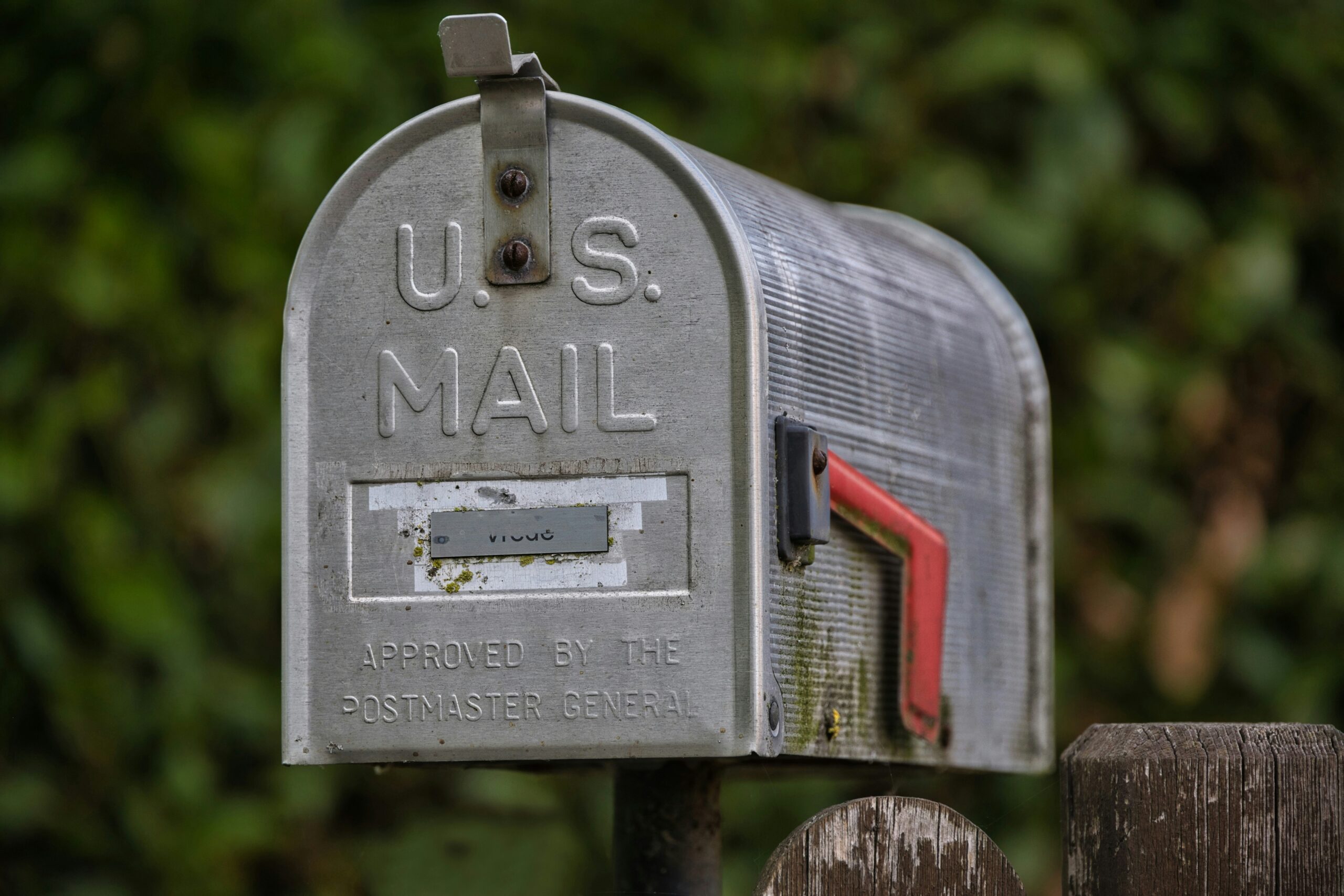In today’s fast-paced business environment, the concept of inbox ownership has become increasingly vital. Inbox ownership refers to the responsibility individuals or teams take for managing their email communications effectively. This ownership is not merely about responding to emails but encompasses the entire process of organizing, prioritizing, and ensuring that no important messages slip through the cracks.
With the rise of remote work and digital communication, understanding inbox ownership has never been more critical for maintaining productivity and fostering collaboration within teams. The significance of inbox ownership extends beyond individual productivity; it plays a crucial role in the overall efficiency of an organization. When team members take responsibility for their inboxes, it leads to quicker response times, reduced miscommunication, and a more streamlined workflow.
In contrast, a lack of ownership can result in chaos, missed deadlines, and frustrated colleagues. As businesses increasingly rely on digital communication tools, establishing a culture of inbox ownership is essential for success.
Key Takeaways
- Understanding inbox ownership is crucial for effective email management in the workplace.
- Unassigned emails can lead to confusion, delays, and missed opportunities.
- Establishing accountability in the workplace is essential for efficient email management.
- Clear communication is key to avoiding misunderstandings and ensuring timely responses to emails.
- Creating a system for inbox ownership can streamline email management and improve productivity.
The Problem with Unassigned Emails
Unassigned emails can create a myriad of challenges within an organization. When emails are left unaddressed or fall into a black hole of indecision, it can lead to confusion and frustration among team members. Unassigned emails often result in duplicated efforts, as multiple individuals may unknowingly attempt to address the same issue.
This not only wastes valuable time but can also lead to inconsistent messaging and a lack of clarity in communication. Moreover, unassigned emails can create a sense of disconnection within teams. When individuals feel that their inquiries or concerns are not being addressed, it can lead to disengagement and a decline in morale.
The absence of clear ownership over email communications can foster an environment where important information is overlooked, ultimately hindering the organization’s ability to function effectively. To combat these issues, it is essential to establish a system that ensures every email is assigned to the appropriate individual or team.
Establishing Accountability in the Workplace
Accountability is a cornerstone of effective workplace communication and collaboration. Establishing accountability means creating an environment where team members feel responsible for their actions and decisions, including how they manage their email communications. When individuals understand that they are accountable for their inboxes, they are more likely to take proactive steps to ensure that emails are addressed promptly and appropriately.
To foster accountability, organizations must cultivate a culture that encourages open communication and transparency. This can be achieved through regular check-ins, performance reviews, and feedback sessions that emphasize the importance of email management. By holding team members accountable for their inboxes, organizations can create a sense of ownership that drives productivity and enhances overall team dynamics.
The Importance of Clear Communication
Clear communication is essential for any successful organization, and it plays a pivotal role in effective email management. When team members communicate clearly about their expectations, responsibilities, and deadlines, it reduces the likelihood of misunderstandings and miscommunication. Clear communication also helps to establish boundaries around email management, ensuring that everyone understands their role in addressing incoming messages.
In addition to clarity in messaging, organizations should also prioritize transparency in their communication practices. This means being open about processes, workflows, and expectations related to email management. By fostering an environment where team members feel comfortable discussing their challenges and seeking assistance when needed, organizations can enhance collaboration and ensure that emails are managed effectively.
Creating a System for Inbox Ownership
To effectively manage inbox ownership, organizations must create a structured system that outlines how emails will be handled within the team. This system should include clear guidelines for assigning emails, tracking responses, and following up on outstanding messages. By establishing a standardized process for inbox management, organizations can ensure that every email is addressed in a timely manner.
One effective approach to creating this system is to implement a shared inbox or ticketing system that allows team members to assign emails to one another based on expertise or availability. This not only streamlines the process but also provides visibility into who is responsible for each email. Additionally, regular team meetings can be held to review outstanding emails and discuss any challenges that may arise in managing inboxes.
Setting Expectations for Email Management
Setting clear expectations for email management is crucial for ensuring that all team members understand their responsibilities regarding inbox ownership. Organizations should establish guidelines that outline response times, prioritization of emails, and protocols for escalating urgent matters. By providing these expectations upfront, team members will have a clear understanding of what is required of them when it comes to managing their inboxes.
Furthermore, it is essential to communicate these expectations consistently across the organization. This can be achieved through training sessions, onboarding processes for new employees, and ongoing reminders about the importance of effective email management. By reinforcing these expectations regularly, organizations can create a culture where inbox ownership is prioritized and valued.
The Role of Team Collaboration in Inbox Ownership
Team collaboration plays a significant role in fostering effective inbox ownership within an organization. When team members work together to manage their emails, they can share insights, provide support, and ensure that no important messages are overlooked. Collaboration encourages individuals to take responsibility for their inboxes while also recognizing the collective effort required to maintain effective communication.
To enhance collaboration around inbox ownership, organizations can implement tools that facilitate teamwork and communication. For example, using project management software or collaboration platforms can help teams track email assignments and progress on tasks related to email management. By leveraging technology to support collaboration, organizations can create an environment where inbox ownership becomes a shared responsibility.
Tools and Strategies for Managing Unassigned Emails
Managing unassigned emails requires the right tools and strategies to ensure that no message goes unanswered. Organizations can benefit from implementing email management software that allows for easy categorization and prioritization of incoming messages. These tools can help teams identify unassigned emails quickly and assign them to the appropriate individuals based on expertise or workload.
In addition to software solutions, organizations should consider adopting strategies such as regular email audits or reviews to identify unassigned messages proactively. By dedicating time each week to assess the inbox and address any outstanding emails, teams can prevent unassigned messages from piling up and becoming overwhelming.
Encouraging Proactive Communication
Proactive communication is essential for effective inbox management and overall workplace productivity. Encouraging team members to communicate openly about their email management challenges fosters an environment where individuals feel comfortable seeking assistance or clarification when needed. Proactive communication also helps prevent misunderstandings and ensures that everyone is on the same page regarding email responsibilities.
Organizations can promote proactive communication by providing training on effective email practices and encouraging team members to share tips and best practices with one another. Additionally, creating channels for informal communication—such as chat platforms or regular team huddles—can facilitate ongoing discussions about email management and encourage individuals to take initiative in addressing their inboxes.
The Benefits of Inbox Ownership for Productivity
The benefits of establishing inbox ownership extend far beyond individual productivity; they positively impact the entire organization. When team members take responsibility for their inboxes, it leads to faster response times, improved collaboration, and enhanced overall efficiency. As emails are managed effectively, teams can focus on higher-value tasks rather than getting bogged down by unaddressed messages.
Moreover, fostering a culture of inbox ownership contributes to employee satisfaction and engagement.
When individuals feel empowered to manage their communications effectively, they are more likely to experience a sense of accomplishment and fulfillment in their roles.
This increased engagement ultimately translates into better performance outcomes for the organization as a whole.
Maintaining Accountability in the Long Term
Maintaining accountability in inbox ownership requires ongoing commitment from both leadership and team members. Organizations must continuously reinforce the importance of effective email management through regular training sessions, performance evaluations, and feedback mechanisms.
By holding individuals accountable for their inboxes over time, organizations can ensure that inbox ownership remains a priority.
Additionally, celebrating successes related to effective email management can help reinforce positive behaviors within the organization. Recognizing team members who excel at managing their inboxes fosters a culture of accountability while motivating others to follow suit. By prioritizing long-term accountability in inbox ownership, organizations can create an environment where effective communication thrives.
In conclusion, establishing a culture of inbox ownership is essential for enhancing productivity and collaboration within organizations. By understanding the importance of accountability, clear communication, and proactive strategies for managing emails, businesses can create an environment where every message is addressed promptly and effectively. As we move forward in an increasingly digital world, embracing these principles will be key to achieving success in our communications—both internally and externally.
If you’re ready to revolutionize your organization’s approach to communication and productivity with SMS-iT’s No-Stack Agentic AI Platform—unifying CRM, ERP, and 60+ microservices—start your free trial today! Join the No-Stack Revolution now!
FAQs
What is inbox ownership?
Inbox ownership refers to the practice of assigning specific individuals or teams to be responsible for managing and responding to emails in a shared inbox. This helps to ensure that every email is addressed promptly and that there is accountability for the management of the inbox.
Why is inbox ownership important?
Inbox ownership is important because it helps to prevent emails from being left unattended or overlooked. By assigning specific individuals or teams to manage the inbox, there is accountability for responding to emails in a timely manner and ensuring that no important messages are missed.
What are the benefits of inbox ownership?
The benefits of inbox ownership include improved responsiveness to emails, better organization and management of the inbox, and clearer accountability for handling incoming messages. This can lead to better communication with clients and customers, as well as improved efficiency and productivity within the organization.
How can inbox ownership be implemented?
Inbox ownership can be implemented by clearly defining roles and responsibilities for managing the inbox, establishing clear guidelines for responding to emails, and using tools and software to track and monitor the status of incoming messages. It may also involve regular communication and collaboration among team members to ensure that emails are being handled effectively.
What are some best practices for inbox ownership?
Some best practices for inbox ownership include setting clear expectations for response times, establishing a system for prioritizing and categorizing emails, and regularly reviewing and updating the inbox management process. It is also important to provide training and support for team members who are responsible for managing the inbox.









